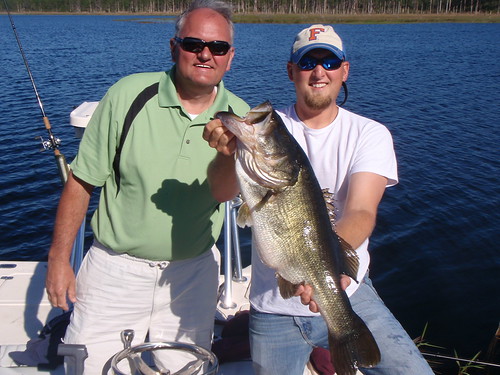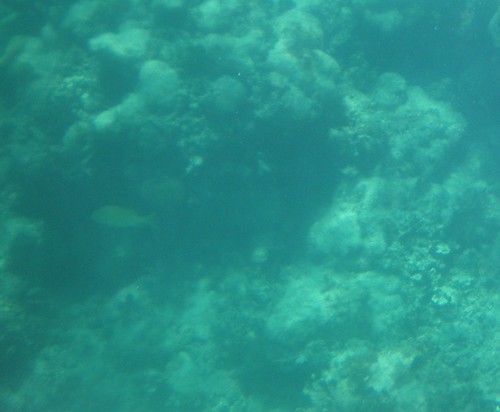While everyone needs to practice to improve their fishing skills, anyone is able to learn how to be successful in this activity. Whether from a boat, dock, or right on the beach, you can find a way to make your fishing experience unique and memorable. Make sure you read the tips below if you want to improve your fishing.
A good tip for bottom fishing using shad is to cut the tail off of your bait before you place it on the hook. When you do this, the shad won’t spin as you lower it to the bottom. This will keep your line from getting tangled. When you do this, you also get the bonus of sending off the scent of the tail to the fish in the area which can attract them to you.
A nice tip for fisherman is to conceal themselves with camouflage clothing. Although fish do not have the sharpest vision, they are nonetheless able to see colors. A glimpse of your brightly colored clothing may send them swimming in the opposite direction. It is best to wear earth tones.
You should check the weather in the area before leaving for a trip so you know it will be a safe trip. Also, take a weather radio with you so that you can informed of conditions.
For the beginning fisherman, it is crucial that you know a few of the basics about proper fishing technique. Before you start do all the research you can. There are many different fishing references, from books to websites, that can help you to improve your approach. With this knowledge in hand, you’ll be able to catch lots of fish.
Clinch Knot
The clinch knot is the preferred method of attaching a lure or hook to your fishing line. To make a clinch knot, thread your line through the hook eye, hold the hook and turn it five times. This allows the line to coil around the fishing line. The next step is to take the end of the line and pass it back through the hook eye and then through the first coil on your knot. Finish the knot by pulling the end through the loop as tightly as you can.
Lots of bass fishermen use light-colored grubs. Very effective grubs include those that are chartreuse, smoke-colored, salt and pepper, white and yellow. Translucent grubs have flecks that are metal-colored, which can reflect light and help you to catch more fish. When you can’t catch anything, switch over to a grub which matches the color of the water.
If for you smoking and fishing go hand-in-hand, be careful when fishing from a shoreline. Lots of people smoke when they fish, and if you are one of them, be extra careful. Although the bank might be wet, the surrounding plant life can be dry and go up in flames quickly.
Try not to fly fish when it is too windy. The more wind there is, the less accurate your casts will be. There is less wind in the early morning and evening hours, making these times better for fly fishing. If you are fishing with wind, cast in the direction of the wind.
Small-mouth bass and walleye may be rather picky when it comes to bait. In addition to your normal live bait, include some leeches. Leeches can be kept alive in a plastic container with some warm water.
If you have lots of patience and love spending time outdoors, fishing is for you. You will not catch every single fish, but it is rewarding when you bring in a fish to eat for dinner! Fish like a pro–or at least think like one–with the practical guidelines from this article.


